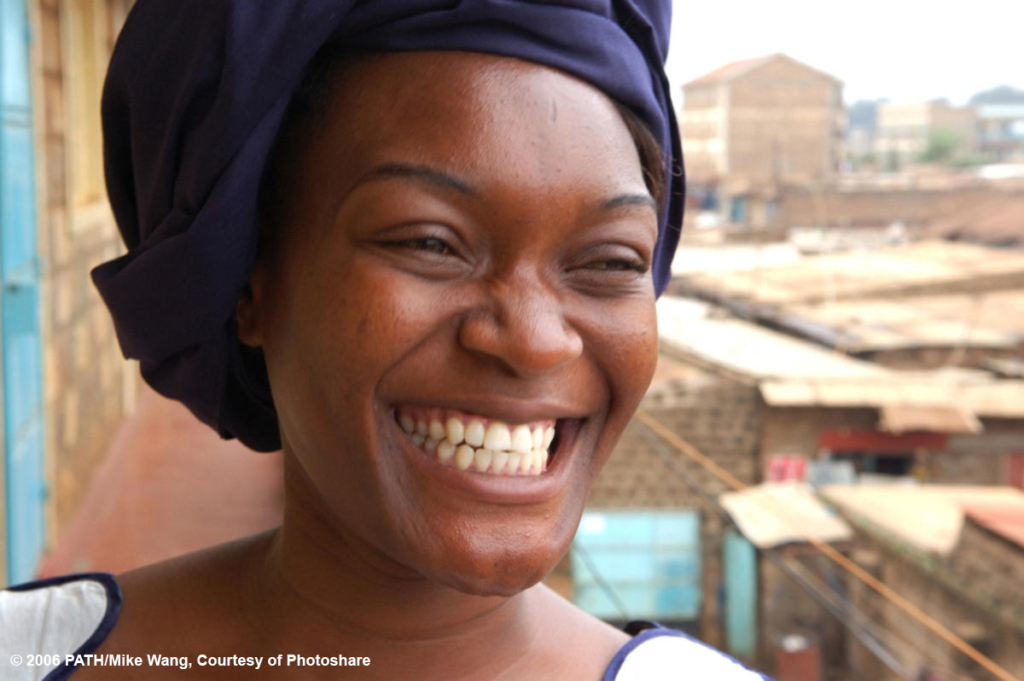Great strides have been made in the diagnosis and treatment of HIV/AIDS over the past three decades. Among these, one treatment regimen, antiretroviral therapy (ART) has helped change a fatal virus to a chronic disease that can be successfully managed over a lifetime. However, the battle is ongoing, and new efforts are under way. In 2012, the Joint United Nations Programme on HIV/AIDS (UNAIDS) set an ambitious goal known as 90-90-90: By 2020, 90% of people with HIV would be diagnosed, of these, 90% would be on ART, and 90% of these people would be virally suppressed. To achieve this goal, UNAIDS collaborated with several partners, including the President’s Emergency Plan for AIDS Relief (PEPFAR) and the USAID-funded SIAPS Program.
The SIAPS Approach
In partnership with PEPFAR, UNAIDS, and other global leaders, SIAPS supported national HIV programs, pharmacy departments, and USAID implementing partners and built country capacity to sustain and increase access to ART. With support from SIAPS, program managers and department heads identified opportunities to increase the effectiveness, efficiency, and sustainability of HIV/AIDS programs. SIAPS also promoted data transparency and accountability to align with PEPFAR’s strategy of increasing country ownership of HIV/AIDS efforts and ensuring that countries are at the center of decision making, leadership, and management of their HIV/AIDS programs.
The SIAPS approach involved strengthening:
- Pharmaceutical systems through laws and regulations, medicines policy, regulatory affairs, and quality assurance
- Supply chain management, including quantification, supply planning, procurement, distribution, warehousing, and inventory management
- Pharmaceutical services, such as case management, pharmaceutical care, rational medicine use, adherence, antimicrobial resistance, standard treatment guidelines/essential medicines lists, and diagnostics
- Pharmaceutical and logistics management information systems, including service data, patient information, product information, and electronic tools
Achievements
SIAPS worked in countries around the globe to implement the efforts noted above. Key achievements included:
- In DRC, SIAPS worked with the Ministry of Health and other PEPFAR implementing partners to conduct a baseline study and situation analysis on the availability and management of antiretroviral drugs at 153 ART sites in the Katanga province. The baseline data were used to quantify improvements and estimate the level of support needed at these sites.
- In 2012, the Dominican Republic had a USD 2.5 million financial gap for providing ART. SIAPS helped to close the gap by negotiating better prices and allocating USD 1.9 million to the effort.
- In South Africa, SIAPS provided technical assistance to the National Pharmacovigilance Centre to roll out a decentralized pharmacovigilance model for ARVs and TB medicines in the North West and Northern Cape provinces. The support provided also enhanced the coordination and monitoring of the Pregnancy Exposure Registry – Birth Defects Surveillance Program in KwaZulu-Natal.
- In Ethiopia, SIAPS supported the establishment and strengthening of Drug and Therapeutics Committees (DTCs) at 218 health facilities. To date, 75% of DTCs have documented evidence-based improvements in medicine use, and 78 health facilities have provided evidence-based information on medicines on a regular basis.
- In South Sudan, SIAPS trained ART clinic staff at the Juba Teaching Hospital on use of the Electronic Dispensing Tool to improve patient data and inventory management.


